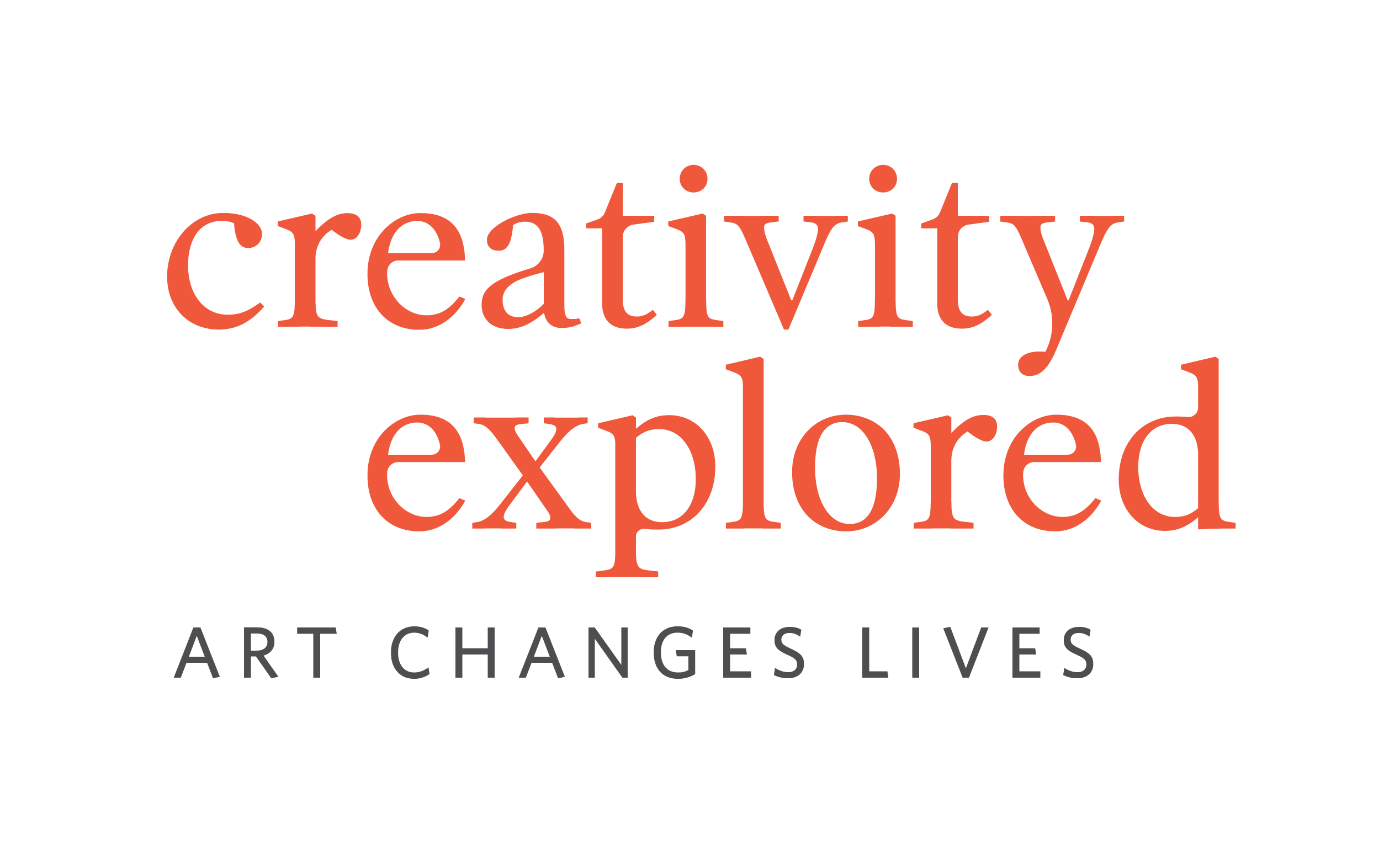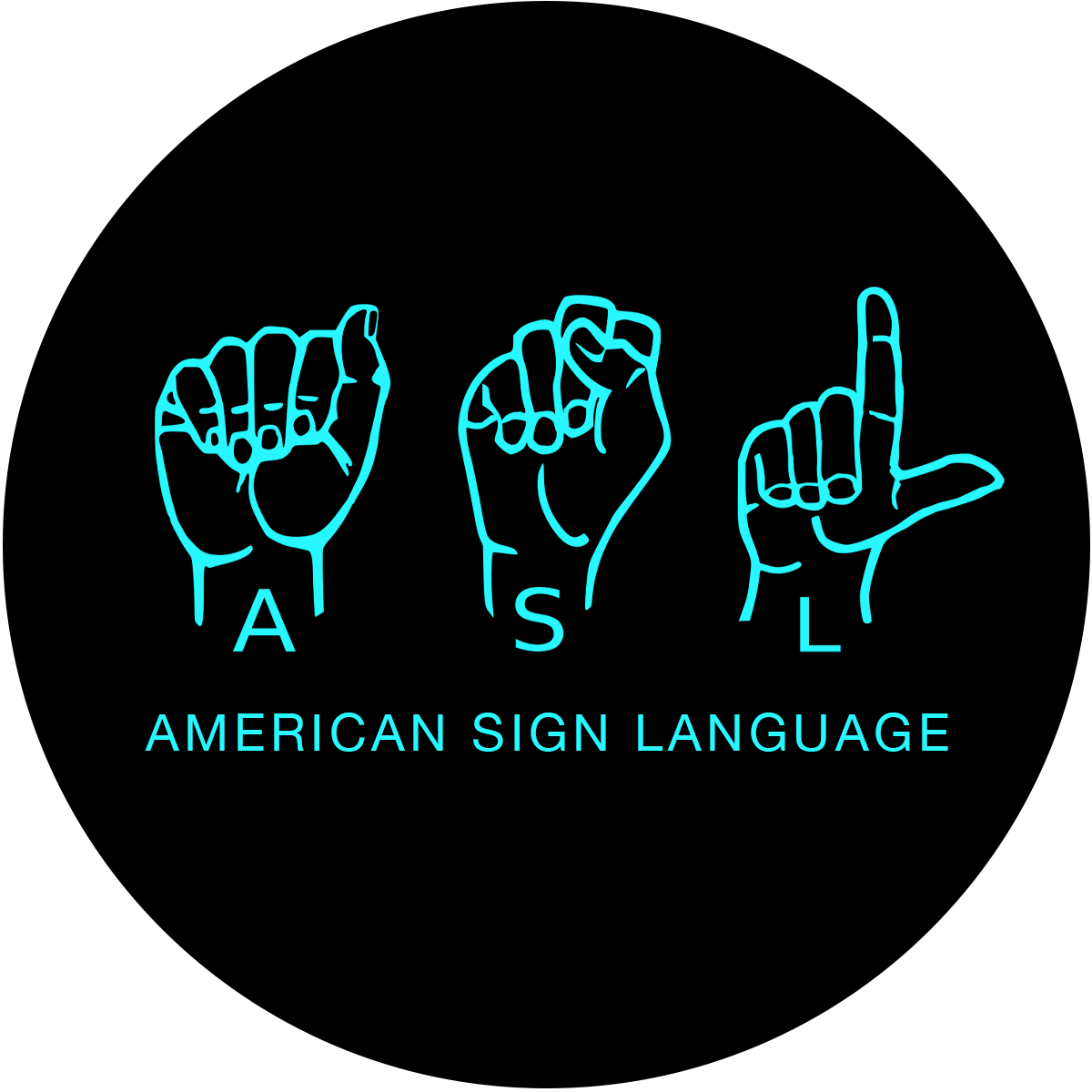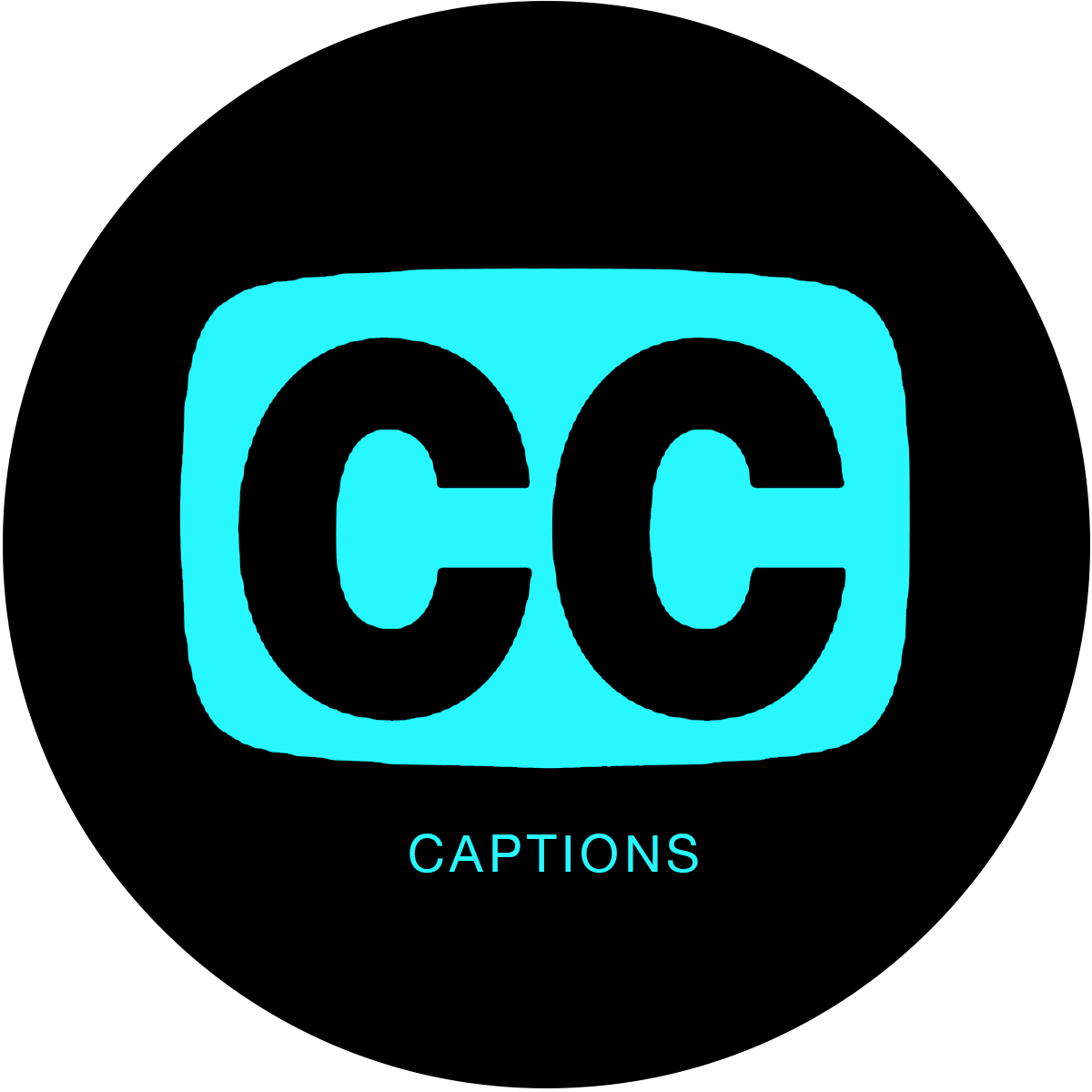UTOPIA FEATURES
DISABILITY IN THE ARTS
an article by Maggie Brown
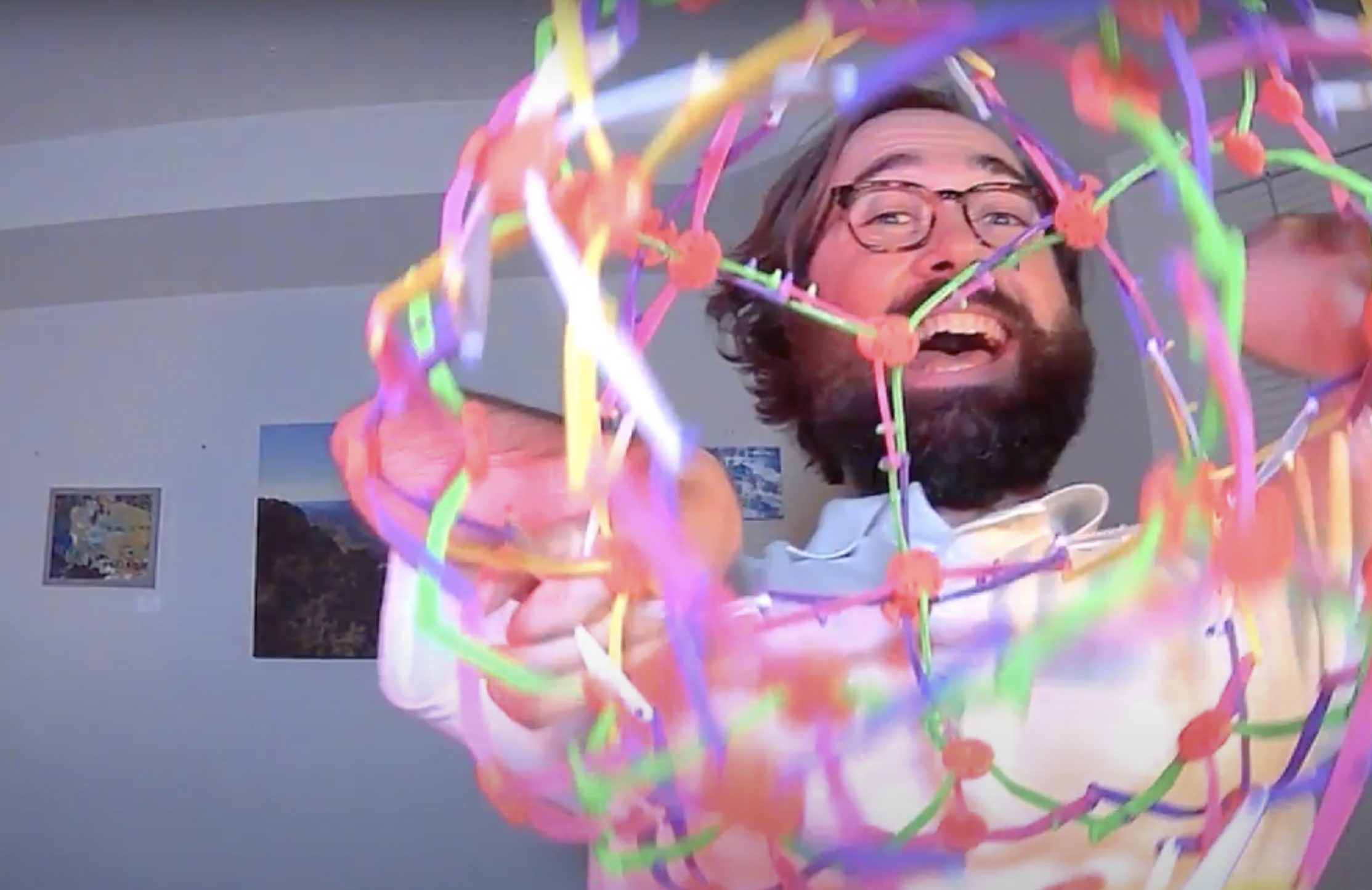
Beauty in Affirmation, Reframing Expectations
A Discussion on Disability in the Arts
********
Utopia, a play by Charles L. Mee commissioned by Cutting Ball and available for on-demand streaming through November 15, envisions a world that defies exclusivity and celebrates differences. Playwright Mee, a wheelchair user who contracted polio at age 14, is emphatic that directors do not, in the production of his work, co-opt his plays to create “bizarre, artificial” worlds inhabited solely by people without disabilities. Actor and composer Joel Chapman, costume designer Sarah LeFeber, and associate director Maya Herbsman — three disabled Utopia artists — gathered in conversation to expand on Mee’s vision.

When discussing disability affirmation, Joel - who plays Bob in Utopia - is clear in establishing his preference for identity-first language over person-first language. “A conversation you'll hear in disability communities is, do you prefer person with a disability or disabled person?” he says. He favors disabled person because, in his own words, “I don’t see my disability as a bad thing.” However, Joel does respect that this linguistic preference is really “person and situation-dependent,” and some prefer using person-first language to establish one’s humanity as the focus. Though his disability is just one of his many qualities, Joel finds beauty in it: “My disability has contributed to elements of myself that I think are really wonderful, like patience and accepting a little bit of discomfort.” Affirmation can be complicated – especially when so many multiply-marginalized disabled folks have non-affirming experiences at the intersection of race and disability – but it can be a critical tool to positively frame disability in environments that routinely treat disability as singularly negative.


Sarah, who designed and created all of Utopia’s costumes, admits that she hadn’t spent much time considering disability affirmation before this conversation, but sees how crucial it is to the validation of disability. “I get told all the time how patient I am, teaching sewing, and I’ve always thought, ‘don’t you have to be patient to be a teacher?’” she says. “Next time I should say, ‘thanks, it’s because I’m disabled’ and hope that the idea gets passed on.”
Maya, Utopia’s associate director who lives with an invisible disability, says “I've often felt confused about whether or not it's okay for me to claim disabled.” For Maya, a “fundamental turning point” in her own disability affirmation came from renowned disability advocate and author Judy Heumann, whose work has, since the 1970s, considerably contributed to the development of disability rights legislation. Maya and Heumann served on the same panel together this year, discussing the 1970s camp for disabled teens that was the subject of the documentary Crip Camp; Heumann was adamant that Maya’s perspective was incredibly important for the disabled community. “She didn’t want me to forget… that I have a right to engage in the disability dialogue,” Maya reflects.
One manifestation of disability affirmation is called access intimacy, a term coined by writer and community organizer Mia Mingus, who describes access intimacy as pivotal to her sense of belonging in community. According to Mingus, access intimacy is “that elusive, hard to describe feeling when someone else ‘gets’ your access needs.” It can come from strangers or old friends, disabled people or non-disabled people, but the crucial element is an unspoken awareness of your access needs.
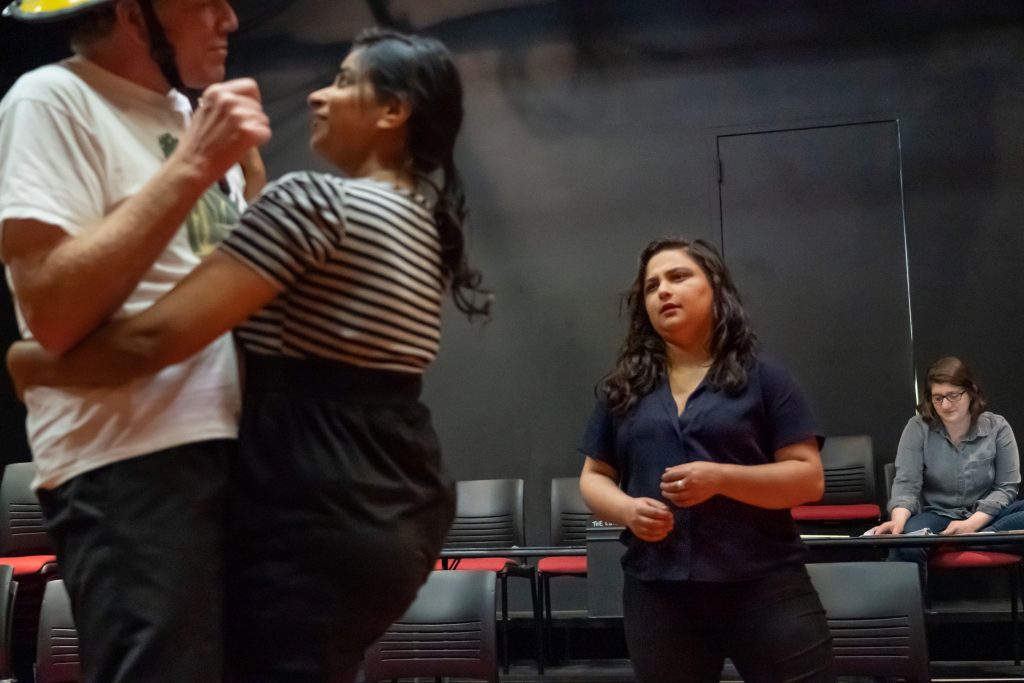
Maya expands the idea beyond just access and into the creative process: “The artists who have impacted my life and career, as it pertains to disability, have been people that I've had an immediate, shared understanding with,” she says. Having that access intimacy within interpersonal connections “skips the more exhausting steps of trying to help people understand what it is to be in my life.” These exhausting educational moments arise all too often, and Sarah, Joel, and Maya were excited that Utopia was an opportunity to connect with other disabled theater artists.

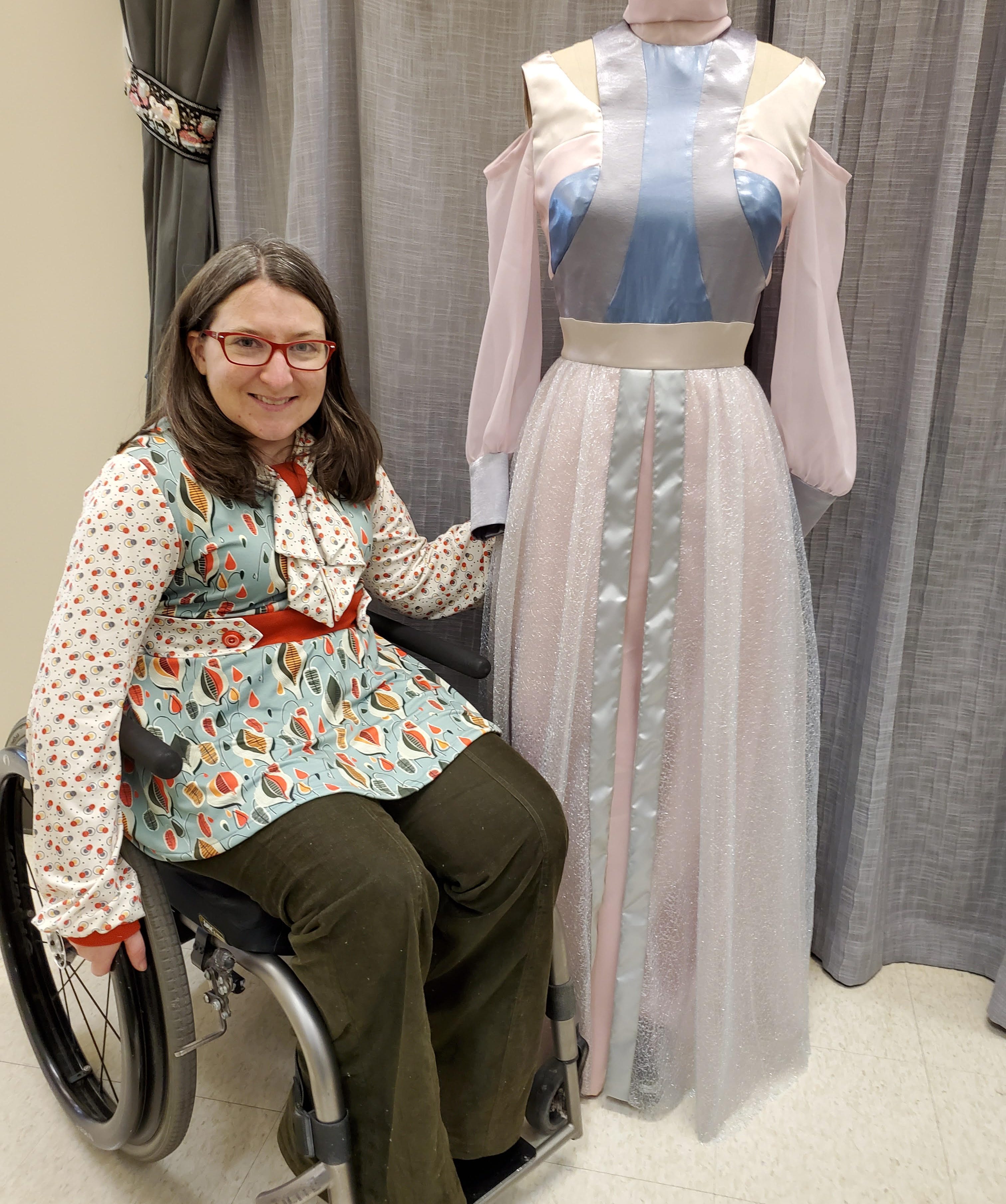
In Sarah’s experience, Utopia was only the second production she’s worked on where she wasn’t the only disabled artist, to her knowledge. Says Maya, “I so relish getting to talk about disability with other disabled folks, whether we’re talking about a shared experience or different perspectives on things.” For her, there is great excitement in talking about disability “without worrying about offending people.” “Don’t worry about offending people,” replies Joel, “I dropped that long ago.”
Sarah, a wheelchair user, “almost always” works with an assistant, a necessity that has limited her professional experiences. “Quite often, that assistant would get paid out of my salary, as opposed to getting paid by the company,” she says. This idea that disability accommodation has a cap is pervasive: “That is the reality of accommodation,” says Joel, “The bitter truth is people don't do anything unless there's some sort of conflict.” Joel, who remembers having “a lot of internalized ableism growing up,” wants to push back against the idea that disabled artists must go above and beyond their limits in order to prove themselves. “Why do we need to be productive to be worthy?” he asks, “An understanding of anti-capitalism is really important to disability identity.” By challenging the norm of exceptionalism and validating boundaries, the theater industry can do the essential work to dismantle toxic frameworks that make the field prohibitive for disabled artists to thrive.
Mee’s vision of inclusivity and disability representation reaches many corners of Utopia’s creative production, with animations and visual art produced by Creativity Explored, a Mission-based organization centering artists with developmental disabilities. Creativity Explored’s art brings vibrant color and whimsy to the play, reflecting the bright, cheery costumes that Sarah designed. As a teacher and multi-disciplined artist, Sarah is adamant about the impact that art can have on our lives. “Learning is a really great way to keep your brain constantly engaged with the world,” she says; and, in her teaching work, Sarah makes a point to nurture each of her students in ways that are specific to them. “Part of being an artist is just being inspired by everything you see,” says Sarah.
Cutting Ball Theater is offering Utopia with access options: a version with captions, a version with ASL interpretation, and a version with audio description. Access services for Utopia have been made possible by the California Arts Council and the National Arts and Disability Center. Access services are offered in partnership with Gravity Access Services and with consultation from Urban Jazz Dance Company.

